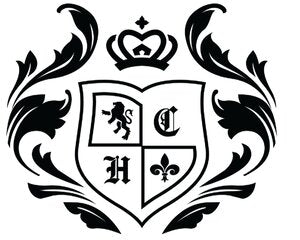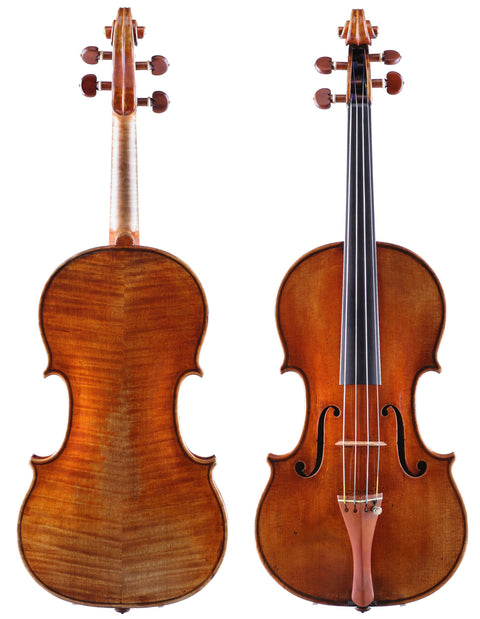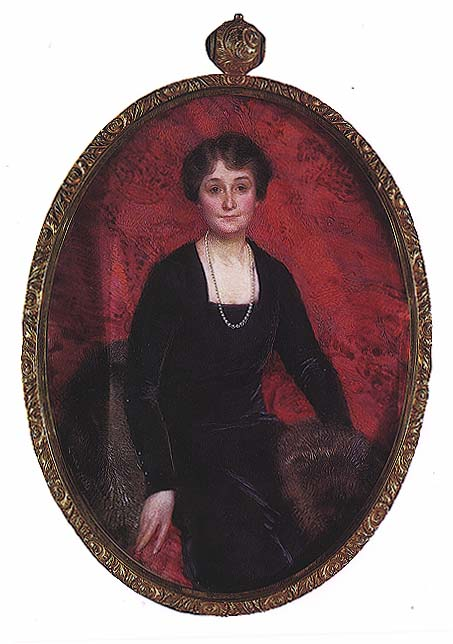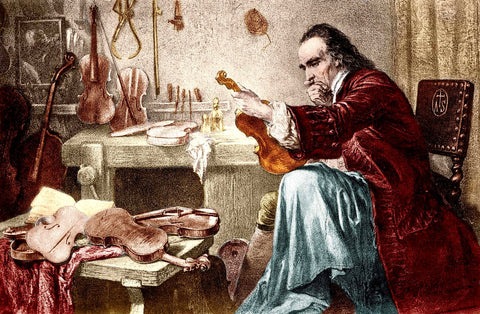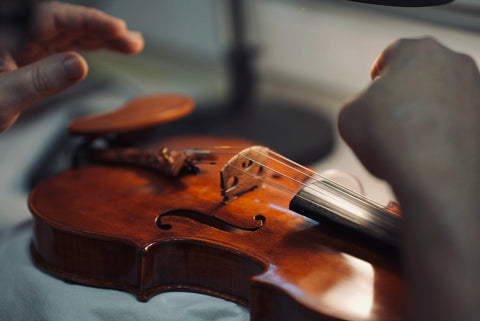The 1704 "Betts" Violin by Antonio Stradivari, Cremona
Built in 1704, the “Betts” violin is known as one of Antonio Stradivari's finest works, with its production marking the beginning of his golden period.
The violin’s name dates back to the circumstances of its 1820s acquisition, when luthier Arthur Betts famously bought the instrument for the sum of one guinea. While a treasured part of his collection, Mr. Betts parted ways with the instrument in 1852 after the death of his son, selling the violin for £500, or roughly $76,000 at today’s rates.
Years later, in 1936, musical philanthropist Gertrude Clarke Whittall donated the “Betts” to the United States Library of Congress, where it sits today. Also donating the “Ward” and “Castelbarco” violins, the “Castelbarco” cello, and the “Cassavetti” viola, Mrs. Whittall hoped for the magnificent instruments to “be played by many different musicians,” and established a Foundation intended to support their maintenance and use in concerts.
For several years thereafter, the “Whittall Strads” were played by a number of guest string quartets, but the musicians each only had the opportunity to play the instruments for one or two concerts and found it difficult to become familiar with their use. To resolve this problem, the Library decided to host resident ensembles to use the collection, although this in turn limited the opportunity to play such magnificent instruments to a select few musicians.
But that was in the 1930s. A lot more is possible today. Fusing high-resolution 3D graphical imaging technology, precise multi-axis machining capabilities, and decades of experience mastering the luthier craftsmanship, we are now capable of turning Mrs. Whittall’s dreams into reality.
Hellweg & Cloutier was founded with the mission to expand the reach of history’s greatest stringed instruments. We are humbled to present a replica of Stradivari’s “Betts” violin that we believe faithfully captures the tonal brilliance of the original masterpiece. From the precise graduations mapped throughout the sound chamber, to the chisel marks made by Stradivari himself, to the balance of the violin as a whole, we believe that our instruments can match or exceed the sound quality, look, and feel of what could previously only be afforded and performed upon by a a select few.
